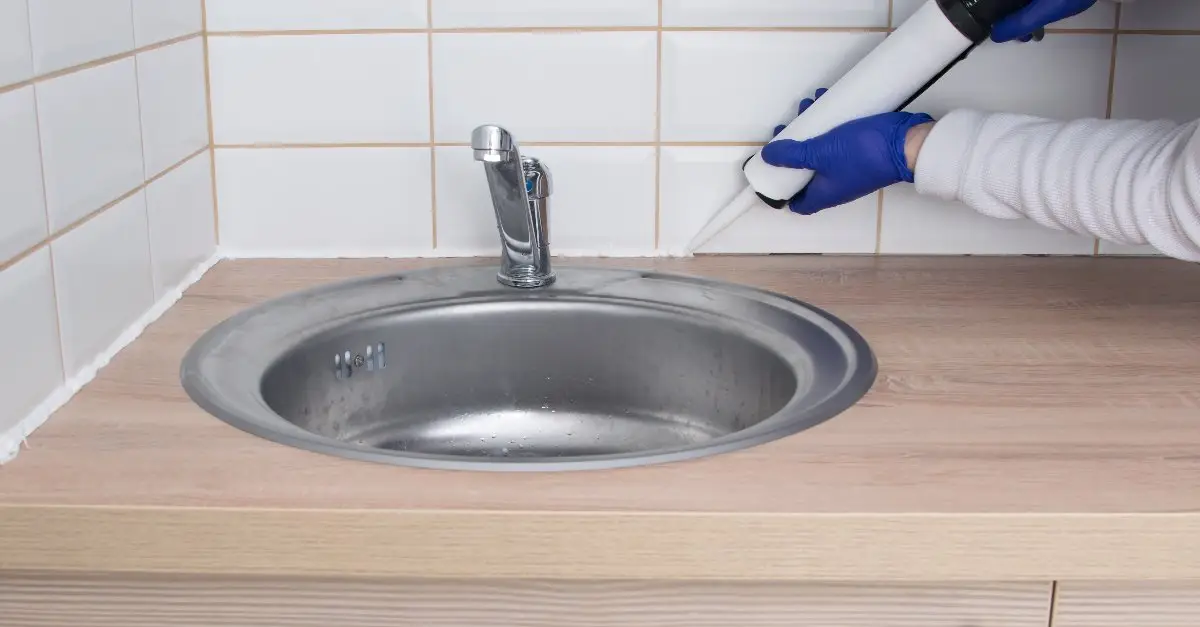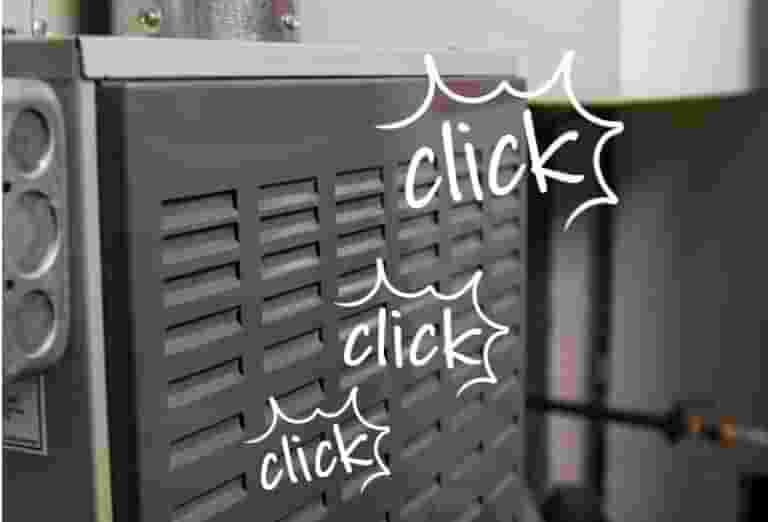Caulking is a type of sealant used for filling small spaces around your home. Depending on the type, it can be used on your home’s exterior surfaces or interior surfaces. Though it’s a simple product that doesn’t make a big impact on the appearance of your home or take a lot of time to apply, the difference that caulking can make is pretty monumental. Caulking has two primary functions—keeping out water, and keeping out air.
Some of the areas you might want to use sealant for these purposes include:
- Windows. You might not think that a small gap you can’t even really see around your window frame or panes of glass would make a difference to your energy costs, but you’d be wrong. Air leaks are a major contributor to high energy bills. Dried-out caulking is just one of several warning signs you need Charleston window repair.
- Doors. Like windows, small gaps around door frames can cause a surprising amount of air to escape. The sealant also prevents water from entering these gaps and causing wood rot.
- Bathrooms. Your bathroom is regularly exposed to water. Even if you think the water is contained in your sink, bathtub, or shower, it’s important to seal every single gap within your bathroom. This includes joints between tile flooring and the wall and joints between the bathtub or shower and the floor and wall.
- Kitchens. There’s a fair amount of potential for water damage and leaks in the kitchen, too. The most important area to seal is right around where your sink meets your countertop, but the area between your countertop and wall should also be sealed.
In addition to protecting your home against air leaks and water damage, caulking can be used to pull together an installation or repair, making it look fully finished. For example, though you don’t technically ‘need’ to seal the joint between your baseboards and wall, filling this gap will make the installation look much more seamless and professional.
If you’ve been thinking about looking into home improvements to increase your home’s energy efficiency, caulking is a great first step. Exterior caulking projects are a great way to reduce your energy costs in the summer and winter. Plus, who doesn’t want to help out the environment by being an energy saver?
Our Services for Caulking in Charleston
Because caulking can refer to many different products and projects, many of our customers who are interested in this service ask us what exactly we do. The answer is simple—pretty much everything! We encourage you to call our office at 843-940-7525 to discuss the specifics of your project but to give you a better idea, we’ve included some of the types of caulking and the sealing process we use below.POPULAR TYPES OF CAULKING
There are so many different types of caulk that it would be difficult to create an exhaustive list. Here, we’ve included the most common types of sealants we use during our Charleston caulking service, as well as their primary uses.- Latex. Thanks to its ease of application, this is the most popular product for homeowners who choose to take on a caulking project on their own. Because it can be painted over, it works great in indoor spaces. However, acrylic latex caulk is quite susceptible to drying out and breaking down when exposed to sunlight, so it’s best kept away from windows.
- Silicone. Silicone tends to hold up better than latex, but not all types can be painted. It’s also more challenging to apply due to its rigidity.
- Exterior. This product is designed to be moisture-resistant and hold up against harsh UV rays, making it a great window sealant and dry caulk.
- Gutter. If your gutter system currently has holes and gaps that are reducing its effectiveness, gutter caulk can solve this problem temporarily.
- Mildew-resistant. The primary choice for bathrooms, which tend to be even more humid than other rooms in a Charleston home.
- Roof. A leaky roof will need partial or full replacement at some point, but if you’re still in the process of saving up, this product can side you over.
- Molding. Any type of molding or trim work is pulled together using this product.
- Fire-retardant. This non-combustible product is used by professionals around wiring, HVAC ducts, and pipes.
THE CAULKING PROCESS
The process we follow for our caulking service varies depending on whether we’re doing a repair or finishing off an installation, as well as the location of the project. Nonetheless, you can expect our caulking process to look something like this:
Surface preparation. The key to making a caulking job last as long as possible is preparing a clean surface. To clean the surface, we’ll use a cleanser and disinfectant such as mineral spirits. Depending on the product used, we may use water to remove any remaining cleaner residue. Before cleansing the surface, we’ll also remove any old excess caulk with a putty knife, utility knife, or razor blade. Our handyman professionals use many of their own tools, so it’ll just depend on what your service technician has on hand!
Caulking application. There are two main ways caulking can be applied—using a squeeze caulk tube or a caulking gun. While holding the squeeze tube or caulk gun at a 45-degree angle, we’ll draw a bead of caulk from one end of the surface to the other. This requires a controlled, steady hand to do properly. Then, using a caulk finishing tool, we’ll smooth the caulk bead so that it’s flush with the joint. Don’t be alarmed if you see your service technician using their finger for this step—this is perfectly normal! Some of our team members feel they have more control using their fingers, while others prefer to use caulking tools. Either way, you can trust that your technician is doing what they need to do to produce high-quality results.
Why Mr. Handyman of Charleston and Summerville?
When you hire us for caulking in Charleston, South Carolina, you can guarantee that you’re getting the most professional handyman service out there. Our service professionals will arrive on time on the day of your service appointment, in a branded truck and uniform. All of our technicians are insured and have an impressive 10 years of experience on average. We don’t hire just anyone—our handyman professionals and carpenters are the best of the best!
Mr. Handyman of Charleston and Summerville is also locally owned and operated. The owner has been working in the Charleston area for over 40 years, and as such is deeply committed to serving the local community. Plus, with our workmanship guarantee, you can rest assured that when you book a caulking appointment with us, it’ll be done according to your expectations and satisfaction.
Caulking in Charleston FAQs
CAN I DO CAULKING ON MY OWN?
If you’re fairly handy around the house, you can certainly give caulking a shot on your own. However, make sure you do adequate research beforehand. When caulking the interior of your home, you’ll need to make sure you choose the correct product for the space, as well as apply it thoroughly enough that the gap is fully shut. If you make any errors, you could leave your home susceptible to moisture damage.
When it comes to caulking things like doorways, windows, and attic spaces, we suggest calling in the pros. Most homeowners seal these spaces to improve their home’s energy efficiency. Thus, this is a job you want to guarantee is going to be done right. Some homeowners also get a little carried away with caulking, which can actually eliminate airflow in your home entirely, making the air stagnant and stuffy. Sometimes even a job that seems simple, like caulking, is best left to the pros!
HOW LONG DOES CAULKING LAST?
The lifespan of caulking really depends on how much wear and tear it’s exposed to, as well as the product type. Latex will generally last between 5 and 10 years, depending on where it’s used, while silicone can last up to 20 years.
Instead of expecting your caulking to need replacing on this timeline, just inspect your windows, doors, and interior joints once per year. When the caulking has reached the end of its life, you’ll know. It will begin to peel and pull away from its surface, leaving gaps and cracks exposed.
WHAT IS THE BEST TYPE OF CAULKING TO USE?
There really is no ‘best’ sealant out there. The correct question to ask is rather, ‘What is the best type of caulking to use for this particular job?’ When deciding which type of product to use, ask yourself these questions:
- Will it be applied to my home’s interior or exterior? For exterior jobs involving siding and trim, products made with both acrylic and silicone are a great option. Just make sure you check to see whether the product states it is suitable for exterior use. For filling gaps in brickwork and concrete, look for products made especially for masonry surfaces.
- Will I need to paint over it? Silicone-based sealants that specify they can be painted over are an option for your exterior. For your interior, stick with acrylic.
- Will it be used in my kitchen or bathroom? A silicone-acrylic hybrid is your best bet here again but look for words such as ‘mildew-resistant’ and ‘waterproof’ on the product, too.
- Is it for finishing interior trim work? Good ol’ acrylic should work just fine and dandy
HOW MUCH DOES CAULKING COST?
The cost of our Charleston caulking service will depend heavily on the type of sealing product you choose, as well as the amount of work you need to get done. According to national estimates, caulking services tend to cost anywhere from $180 to $415 for 125 linear feet of caulking. Thus, if you just need window caulking done, you can expect us to be in and out in a jiffy, and your final invoice to be pretty reasonable.
We’re happy to provide in-person estimates for projects. This is undoubtedly the best way to learn exactly how much caulking will cost for your home and project.
ARE THERE ALTERNATIVES TO CAULKING?
Absolutely. There are many different products that can be used to create moisture and air barriers. Some of these products include:
- Spray foam sealants.
- Door sweeps.
- Weather stripping tape.
- V-strips.
- Gaskets.
- And more!
Each of these products is suited for a different purpose. If you’re trying to seal an area that moves (such as the bottom of a door) or an area with a fairly large gap, one of the above products might be a better choice. If you’re not sure which products fit your needs, our experienced handyman professionals would be happy to give you some recommendations.
Contact Mr. Handyman of Charleston and Summerville for Caulking Today!
Do your windows and door frames require air sealing? Is your existing caulking around the base of your bathtub or toilet peeling away? Whether you live in Charleston or a nearby community such as Ladson, Goose Creek, or Moncks Corner, our team of experienced and highly qualified handyman professionals at Mr. Handyman of Charleston and Summerville would be happy to help you out. Our Charleston caulking repair and replacement services are quick, effective, and thorough. Just take a look at our reviews to see for yourself.
Schedule an appointment for your service today by calling our friendly office team. Alternatively, you can fill out an online service request form on our website. We look forward to meeting all your needs for maintenance services!
 Click to call
Click to call


 Click to call
Click to call
